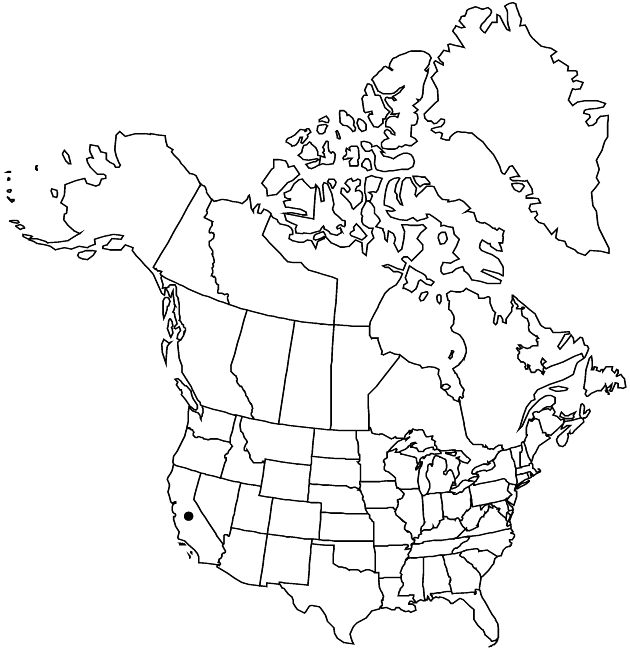Difference between revisions of "Ericameria parryi var. imula"
Phytologia 75: 89. 1993.
Common names: Low rabbitbrush
Endemic
Basionym: Chrysothamnus parryi subsp. imulus H. M. Hall & Clements Publ. Carnegie Inst. Wash. 326: 200. 1923
FNA>Volume Importer |
imported>Volume Importer |
||
| (3 intermediate revisions by 2 users not shown) | |||
| Line 8: | Line 8: | ||
}} | }} | ||
|common_names=Low rabbitbrush | |common_names=Low rabbitbrush | ||
| + | |special_status={{Treatment/ID/Special_status | ||
| + | |code=E | ||
| + | |label=Endemic | ||
| + | }} | ||
|basionyms={{Treatment/ID/Basionym | |basionyms={{Treatment/ID/Basionym | ||
|name=Chrysothamnus parryi subsp. imulus | |name=Chrysothamnus parryi subsp. imulus | ||
|authority=H. M. Hall & Clements | |authority=H. M. Hall & Clements | ||
| + | |rank=subspecies | ||
|publication_title=Publ. Carnegie Inst. Wash. | |publication_title=Publ. Carnegie Inst. Wash. | ||
|publication_place=326: 200. 1923 | |publication_place=326: 200. 1923 | ||
| Line 38: | Line 43: | ||
-->{{#Taxon: | -->{{#Taxon: | ||
name=Ericameria parryi var. imula | name=Ericameria parryi var. imula | ||
| − | |||
|authority=(H. M. Hall & Clements) G. L. Nesom & G. I. Baird | |authority=(H. M. Hall & Clements) G. L. Nesom & G. I. Baird | ||
|rank=variety | |rank=variety | ||
| Line 52: | Line 56: | ||
|publication title=Phytologia | |publication title=Phytologia | ||
|publication year=1993 | |publication year=1993 | ||
| − | |special status= | + | |special status=Endemic |
| − | |source xml=https:// | + | |source xml=https://bitbucket.org/aafc-mbb/fna-data-curation/src/2e0870ddd59836b60bcf96646a41e87ea5a5943a/coarse_grained_fna_xml/V19-20-21/V20_135.xml |
|tribe=Asteraceae tribe Astereae | |tribe=Asteraceae tribe Astereae | ||
|genus=Ericameria | |genus=Ericameria | ||
Latest revision as of 20:00, 5 November 2020
Plants 10–20 cm. Leaves crowded, gray; blades 1-nerved, spatulate to linear-spatulate, 10–15 × 2–3 mm, faces densely tomentose, eglandular; distalmost not overtopping arrays. Heads usually 3–5 in ± racemiform arrays. Involucres 10–12 mm. Phyllaries ca. 16, chartaceous, apices erect (outer sometimes herbaceous, reddish), abruptly acute. Florets 10–18; corollas 10–12 mm, tubes glabrous or sparsely villous, throats ± abruptly dilated, lobes 1.4–1.5 mm. 2n = 18.
Phenology: Flowering late summer–fall.
Habitat: Dry flats and yellow-pine forests
Elevation: 2000–2200 m
Discussion
Variety imula is known only from southern San Bernardino County.
Selected References
None.
Lower Taxa
None.
